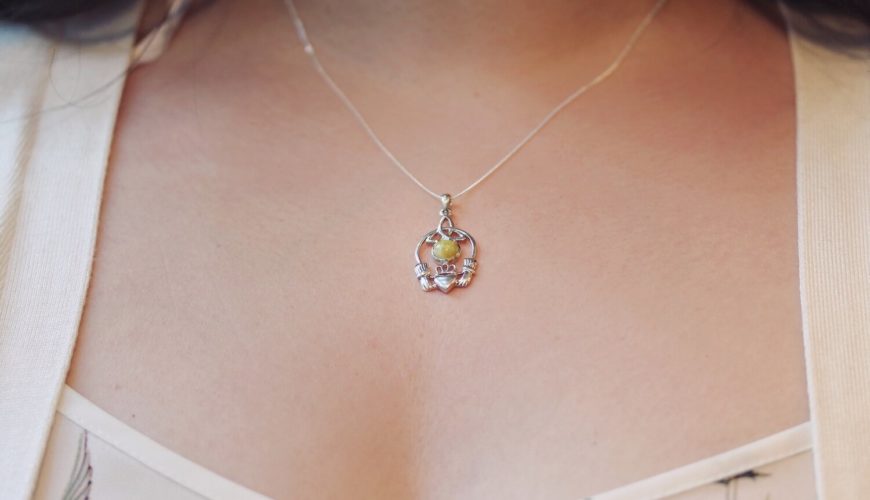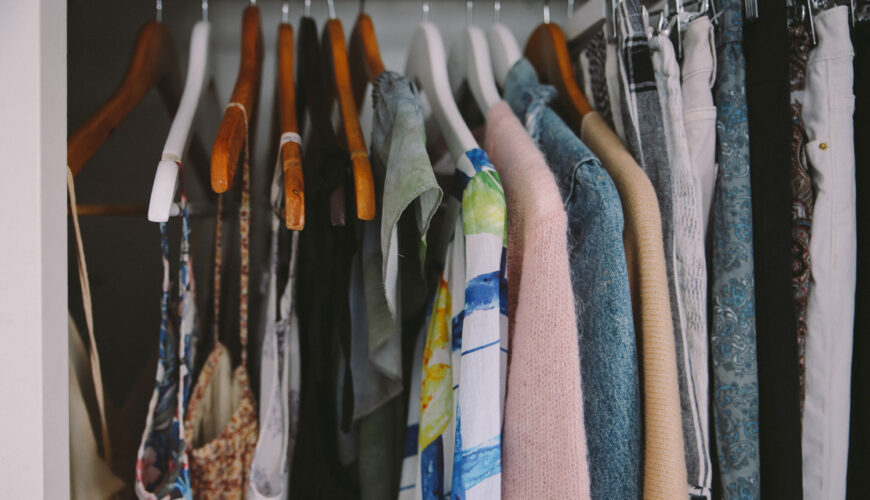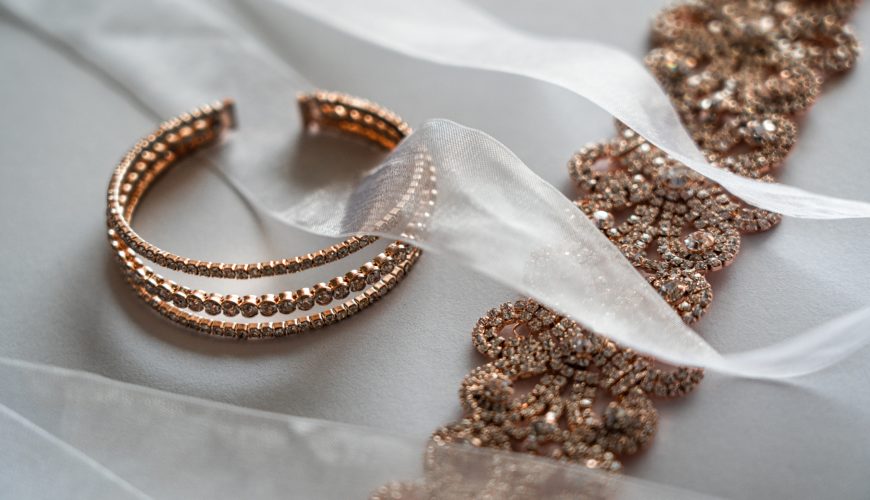Scottish jewelry is filled with symbols, many of which are associated with love. And among the most romantic symbols stands the Scottish Luckenbooth. Dating back to the 7th century, the Luckenbooth is usually in the shape of one or two hearts that are intertwined, topped by a crown with a cross at its center. It has become a symbol of affection, friendship, or betrothal and given to symbolize love. An interesting custom is having a tiny Scottish Luckenbooth charm pinned to a soft blanket used to cover a newborn. The thought is that this will bring eternal luck to the child.
Where does the name Luckenbooth come from?
The origin of this word stems from the fact that they were originally sold in locked booths. These were actually very tiny shops that could be locked securely at night. They were the main feature of Edinburgh’s Royal Mile. The brooches were usually made from silver and featured a heart with a crown on top.
The Royal Mile, a long and winding cobbled street, was the only accessible route between Edinburgh’s castle and the Palace of Holyrood. The castle being located near an extinct volcano made this route the ideal place for government offices and a variety of businesses to spring up. Even the magnificent St. Giles Cathedral was erected there.
By the 16th century, the nature of the shops on that route had changed and many now resembled markets where small tradespeople made and sold their wares. Jewelers seemed to gain in popularity, and their shops were the original locked booths that gave rise to the brooch’s name.
Nowadays, Scottish Luckenbooth jewelry can still be bought from small traders that have their shops on that legendary road.

History of the Scottish Luckenbooth
Evidence of the first Luckenbooth brooches dates back to the late 7th century. Back then, custom dictated that a man gave his sweetheart this traditional gift for two reasons: to bring her luck and to protect her against the evil eye. It was believed that the Luckenbooth had magical powers that were particularly beneficial during childbirth, easing the pain and ensuring an abundant flow of breast milk. To make sure these powers were present when needed, the woman had to wear the brooch pinned to her petticoats as close as possible to her left thigh. Once the baby was born, the Luckenbooth had to be pinned to the baby’s coverlet to protect it from being spirited away by fairies.
From the sixteenth to the eighteenth centuries, Scottish women were in the habit of wearing two different styles of brooches. The first one, worn by both men and women, served to fasten plaids. The incised decoration of this brooch was called a Penannular. The second brooch had the shape of a heart, and it was given as a token of love at engagements and weddings.
The custom to wear a smaller variety of the Luckenbooth brooch continued after the eighteenth century. These smaller, plainer, heart-shaped brooches were believed to work as a protection against evil spirits, the evil eye, and the fairy spirits.
As time went by, the Luckenbooth brooches were more elaborate and larger. To the point that by the 18th and 19th centuries, they had enough room to contain a biblical reference or the initials of the bride and groom accompanied by the date of their wedding.
At some point in the 19th century, the way the two hearts under the crown were intertwined resembled the letter M, and so the brooches came to be referred to as Mary’s Brooches. Legend has it that Lord Darnley, husband of Mary Queen of Scots, had gifted her one.
Claddagh and Luckenbooth Jewelry Designs

It is very easy to find the similarities between these two traditional pieces of jewelry design. Both of them tend to be associated with expressions of love and are also symbols of friendship and loyalty. But although the Luckenbooth has two entwined hearts topped by a crown, the Claddagh consists of a single heart topped by a crown. Two hands hold the heart that has a stone at its center.
However, although the Claddagh remains popular, the Luckenbooth seems to be a preferred wedding gift since it is generally given to the bride as a symbol of luck and undying love. Wearing it daily is believed to bring further luck and strength to the married couple.
Scottish Luckenbooth in Jewelry Design
Today, the majority of Luckenbooth brooches include two hearts topped by a crown. They are generally made of silver, although some versions can be found in either iron or brass. More elaborate versions of this piece of Scottish jewelry are set with garnets. These stones are believed to bring luck to the wearer in affairs of the heart.




